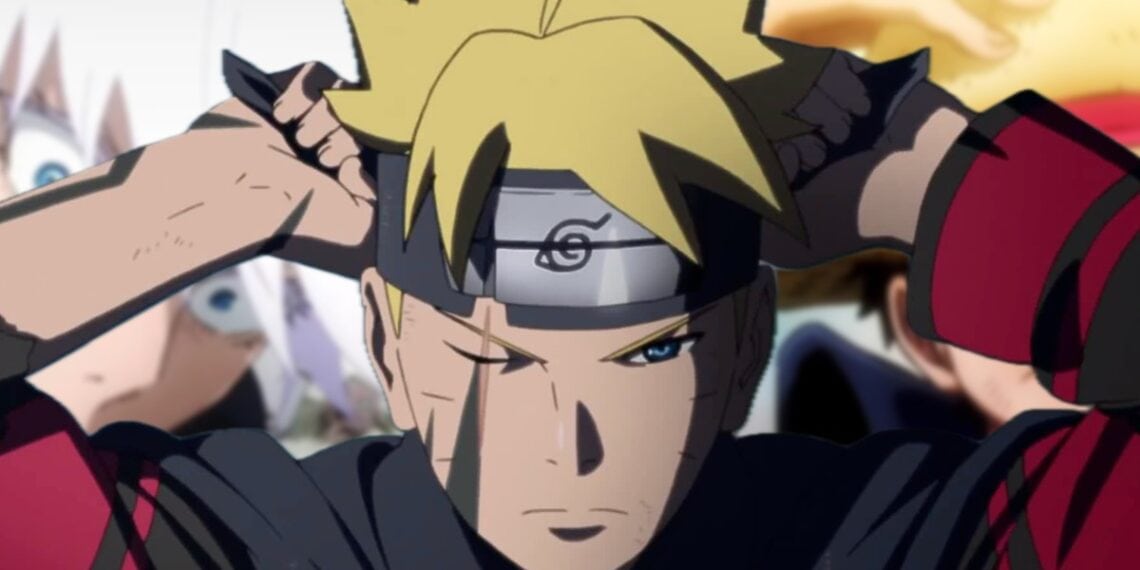After a long period of uneven reception and comparisons to the landmark series that preceded it, there are signs that Boruto may finally be coming into its own in Part 2. Titled “Boruto: Two Blue Vortex,” the latest arc seems to have resonated more strongly with fans and critics alike.
The series has often been unfavorably measured against the popularity and sales of contemporaries like One Piece and Jujutsu Kaisen. However, the most recent storylines have apparently caught fire, even surpassing those long-running bestsellers on key manga platforms.
This suggests Boruto may be tapping into some previously untapped potential after years of searching for its breakout moment post-Naruto. The new narrative terrain covered in Two Blue Vortex and the development of key characters seem to have hit their stride.
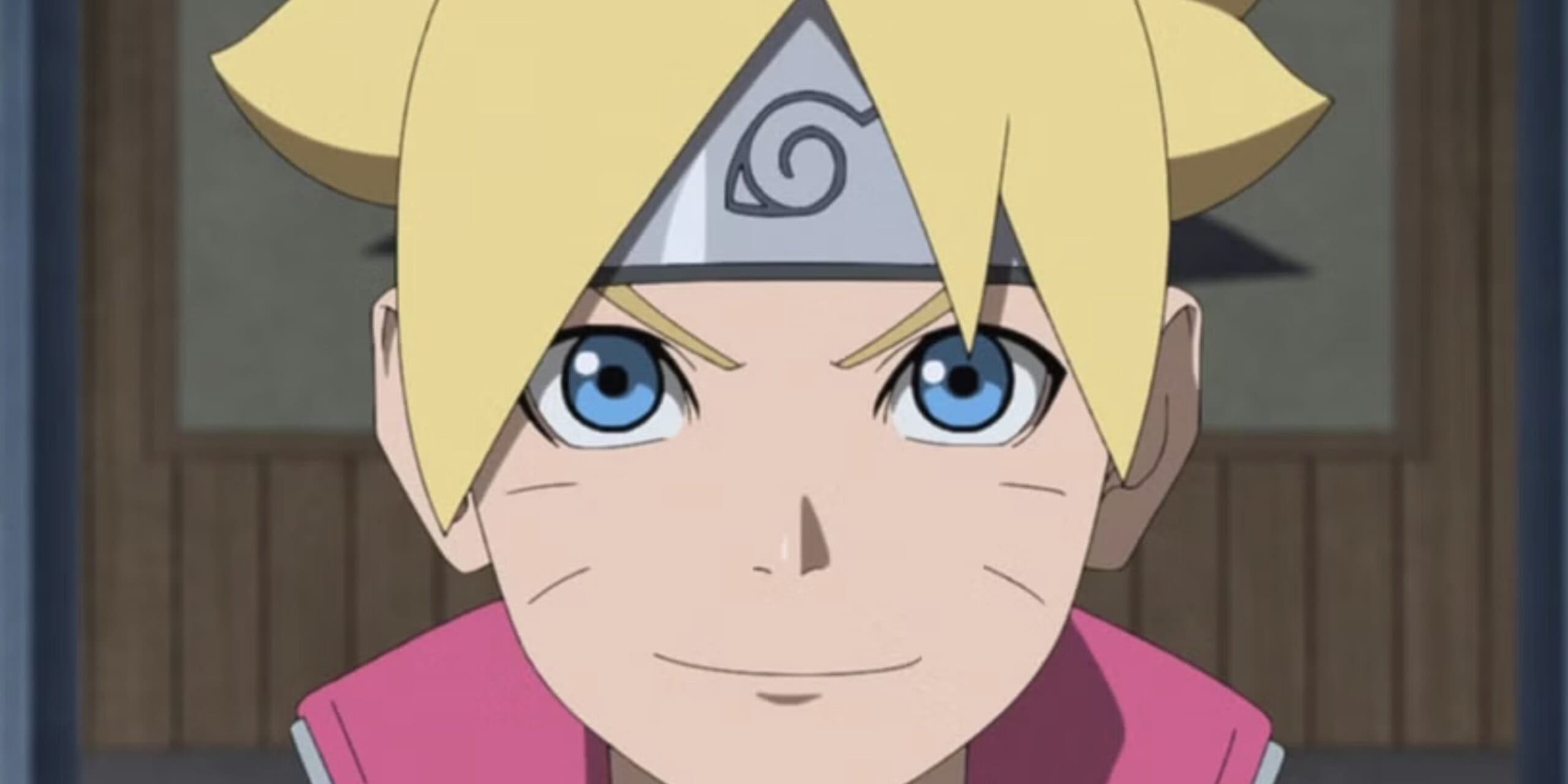
By finding ways to complement and expand on the themes and concepts that defined Naruto, rather than just replicate them, Boruto may have struck the right balance to carve out its own following after such a towering precursor.
Time will tell whether this marks a true turning point, but the long-awaited uptick in critical and commercial reception points to a promising new era ahead for Boruto.
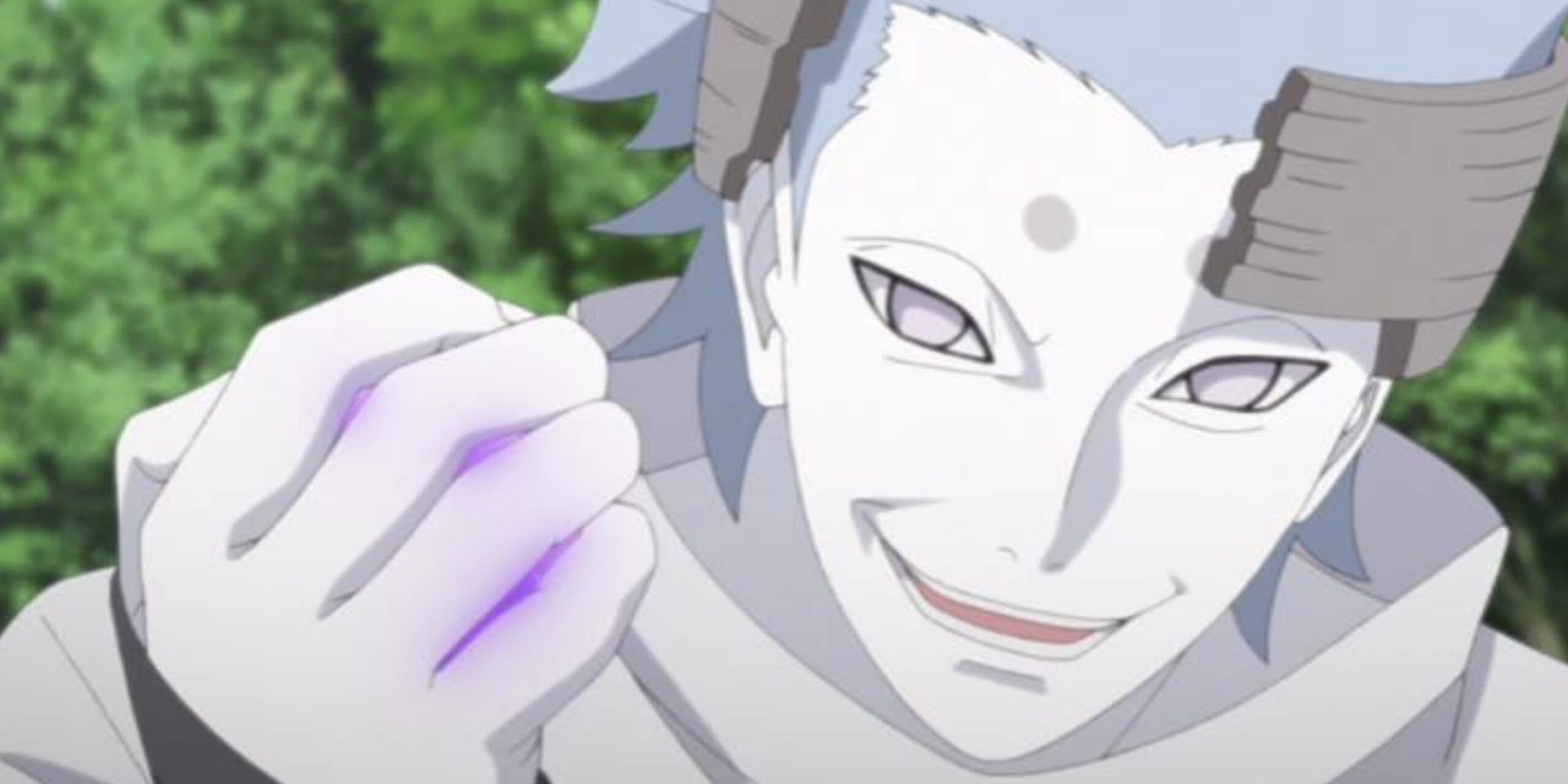
More in keeping with its own distinct voice and trajectory, the series appears well-positioned to resonate with old fans and new readers alike moving forward.
Boruto Surges to the Top
Boruto has hit a major milestone by taking the top spot on MANGA Plus, Shueisha’s digital anthology platform for popular series from Weekly Shonen Jump and beyond.
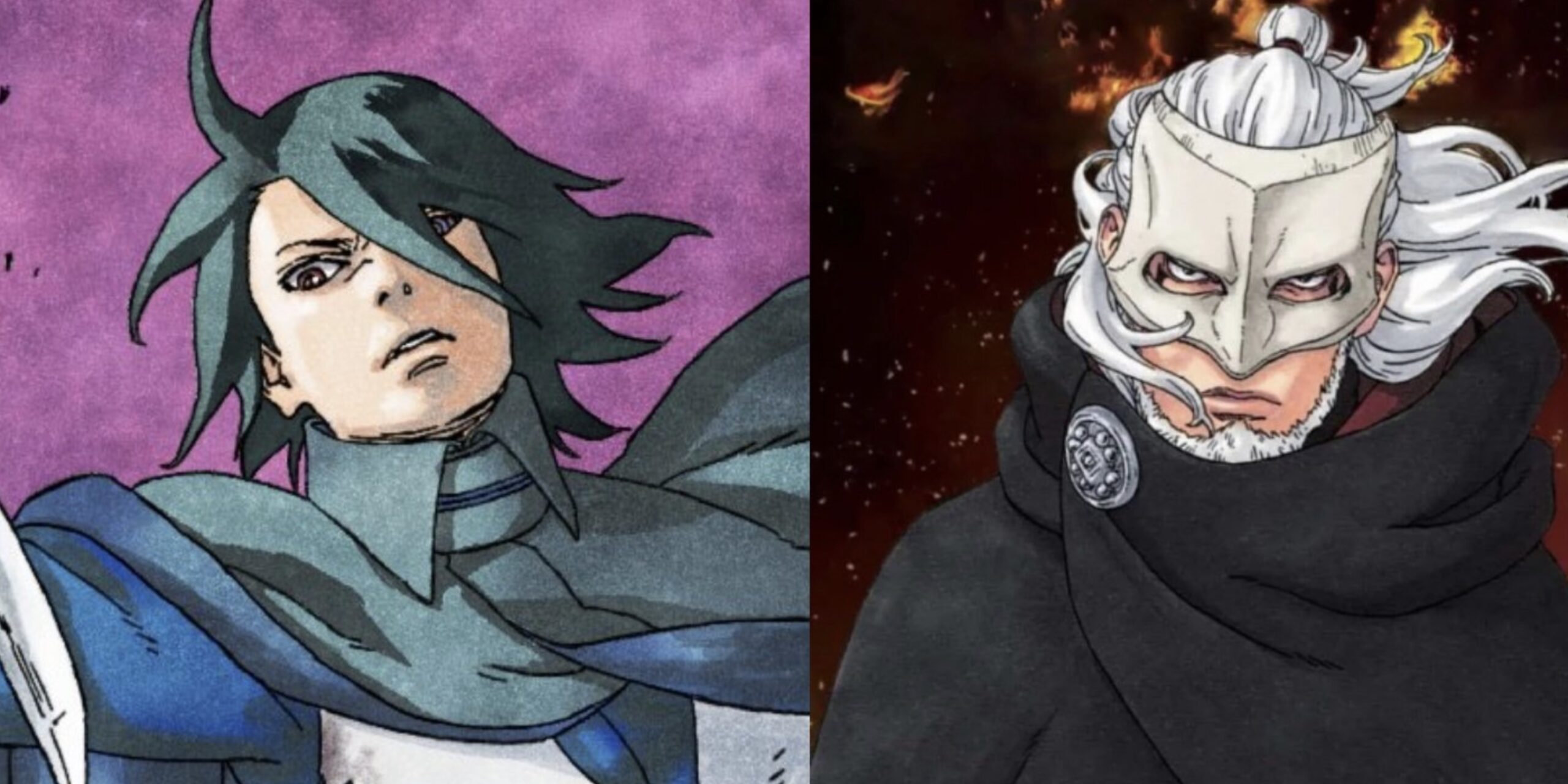
It surpassed long-running top titles like One Piece and Jujutsu Kaisen in readership numbers for translated chapters this past week.
Specifically, Boruto: Two Blue Vortex has pulled in over 200,000 more views than One Piece on the site based on their published rankings.
This is significant, given how unprecedented it is for any newer series to overtake mega-hits like One Piece for any sustained period of time.
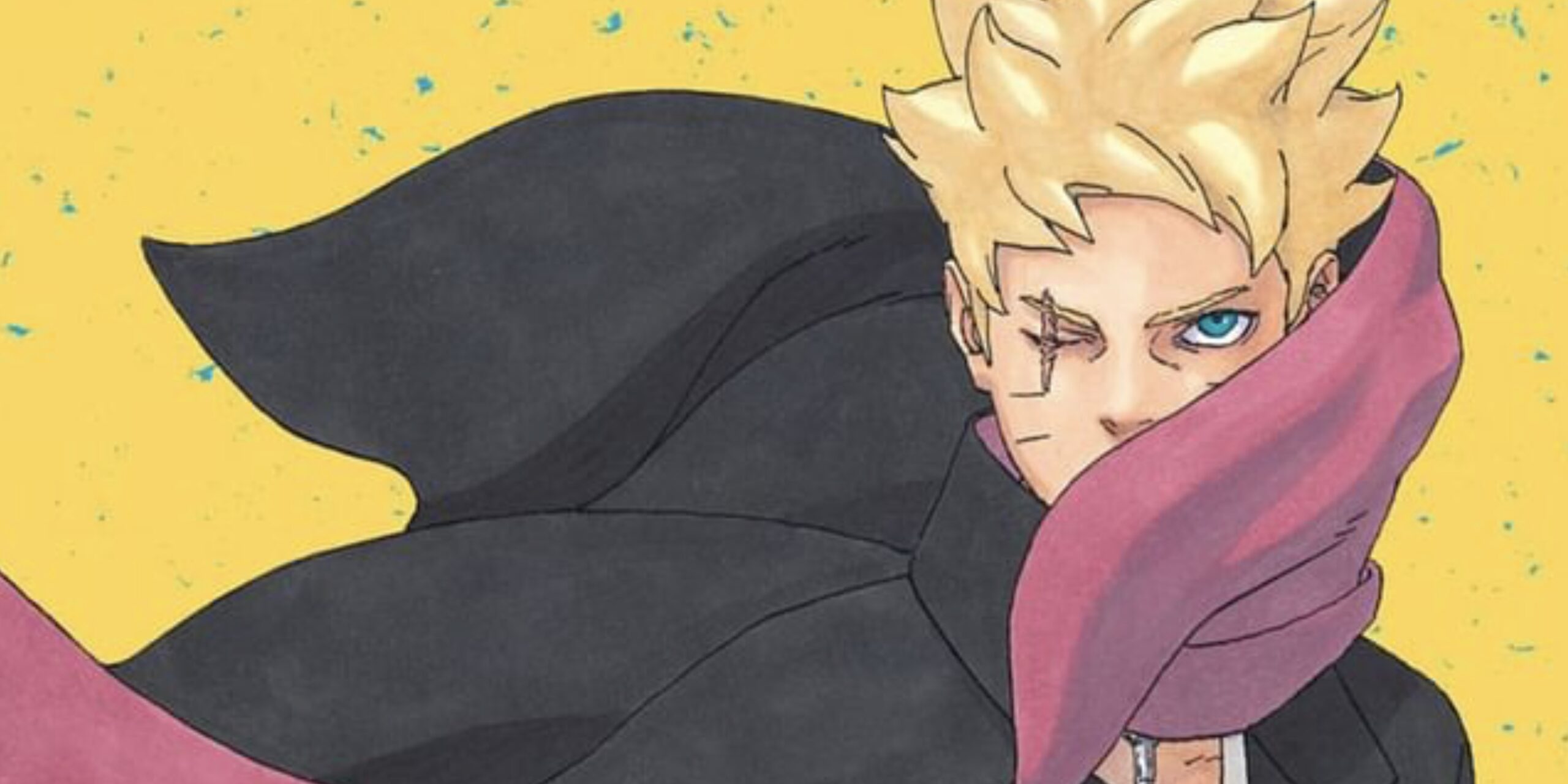
However, it should be noted that both One Piece and Jujutsu Kaisen are currently on scheduled breaks. So while a remarkable achievement for Boruto, the context may have played a part in enabling it to claim the temporary top spot.
Nonetheless, hitting #1, even for a short time, demonstrates major progress. The latest arcs seem to be hitting the right notes where previous storylines struggled to build momentum.

By finding ways to complement and move beyond Naruto’s shadow, Boruto may have tapped into a groove that better balances fan service with its own original voice.
Sustaining these gains long-term remains an open question. But topping the readership charts proves Boruto can compete with the best of them when firing on all cylinders creatively.
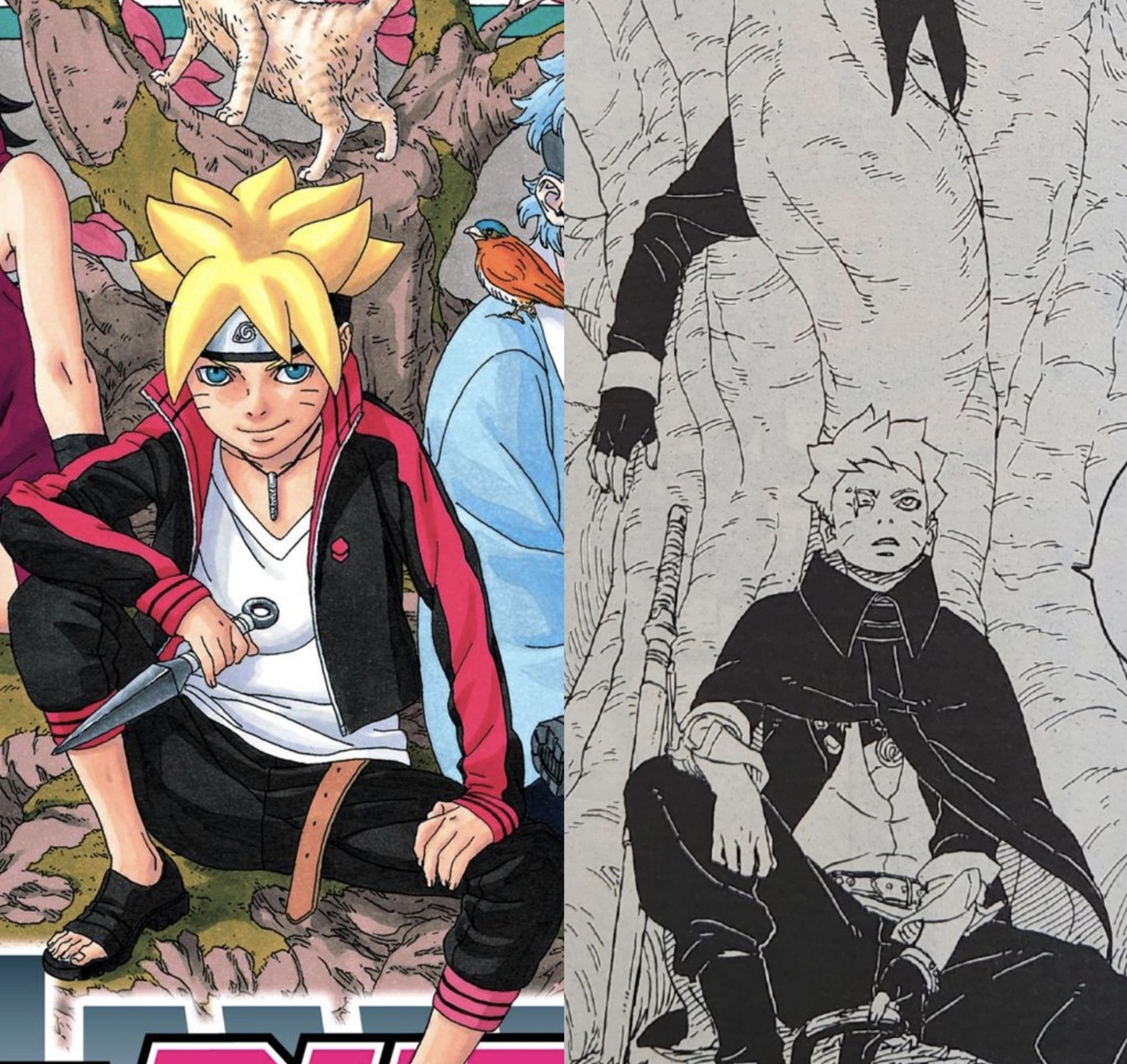
Whether or not it capitalizes on this momentum, the recent uptick marks a high watermark.
Boruto’s Resurgence with ‘Two Blue Vortex’ Marks a New Chapter of Promise”
As the highly anticipated sequel to the famed Naruto series, Boruto initially launched with sky-high expectations from loyal fans.

However, it did not take long for criticisms to mount – that the manga felt rushed, unoriginal, and lacked the magic that defined its predecessor.
For years, these complaints persisted, and momentum stalled. But the latest arc, “Two Blue Vortex,” seems to have marked a turning point.
Fan and critical reception has taken a decisively upward swing, suggesting Boruto may have finally found its footing.
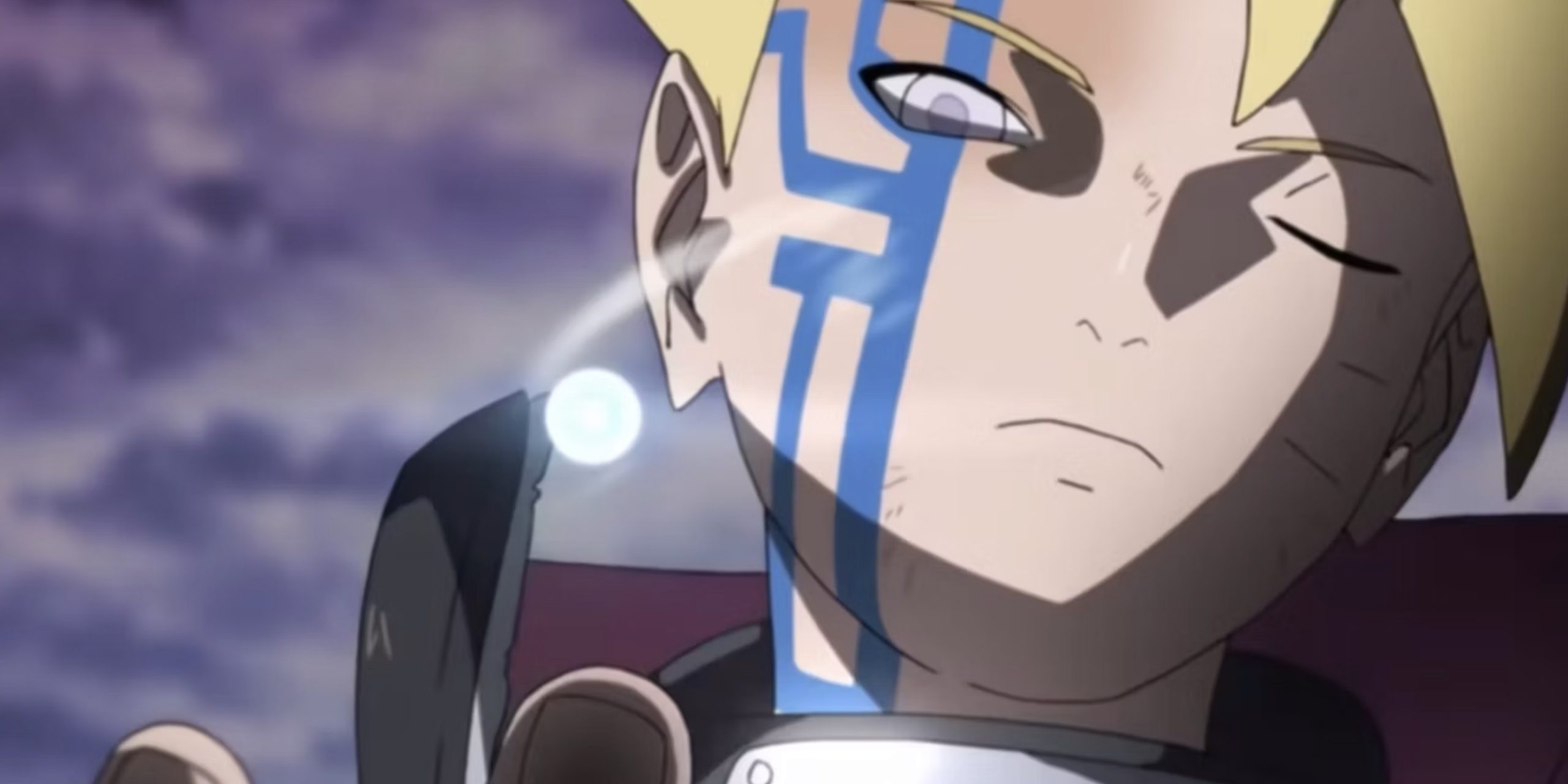
A key factor is the post-time jump evolution of Boruto as the central protagonist. With a new edgy attitude and gritty determination, his character development has made him arguably even more compelling than his father, Naruto was at the same age.
This increased complexity also extends to other key figures beyond just Boruto.

Combined with pacing and plots that feel less derivative, Two Blue Vortex leans into the series’ promise instead of remaining stuck in Naruto’s shadow.
By boldly expanding the narrative into fresh terrain, Boruto seems renewed, as if making up for lost time when it struggled to channel the old magic.
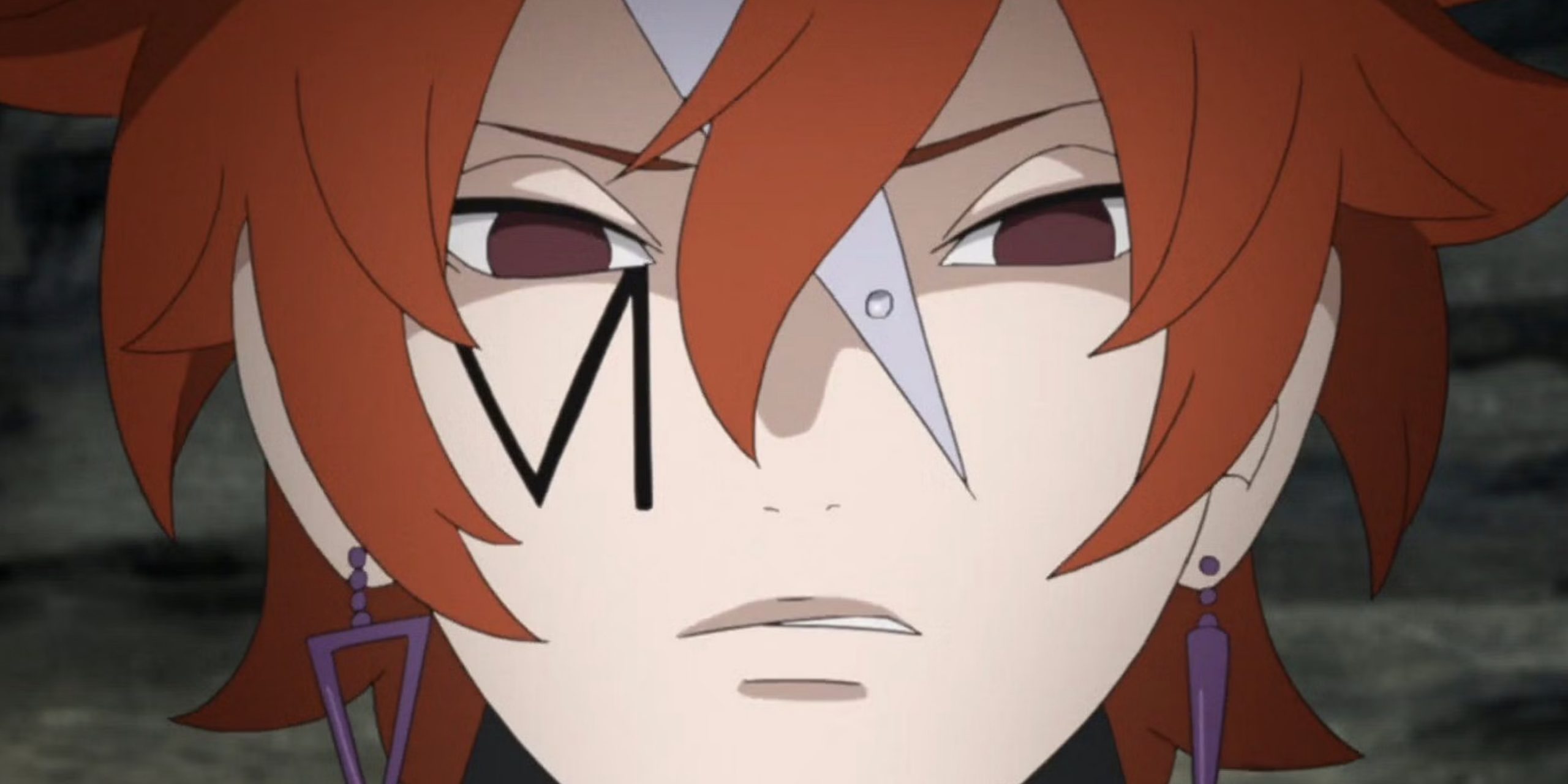
Years overdue, this revival in both critical and fan acclaim signifies Boruto honoring its early potential. Two Blue Vortex and beyond, the series finally appears to have matured into its own.
Where many once saw a pale sequel riding on nostalgia, Boruto now tells an original story that stands on its own merits at last.
Crucial Role of Sarada Uchiha in Its Revitalization
A key part of Boruto’s resurgence can also be attributed to the enriched development of its supporting cast. Chief among them is Sarada Uchiha, who, despite being a fan favorite, was often sidelined in earlier story arcs.
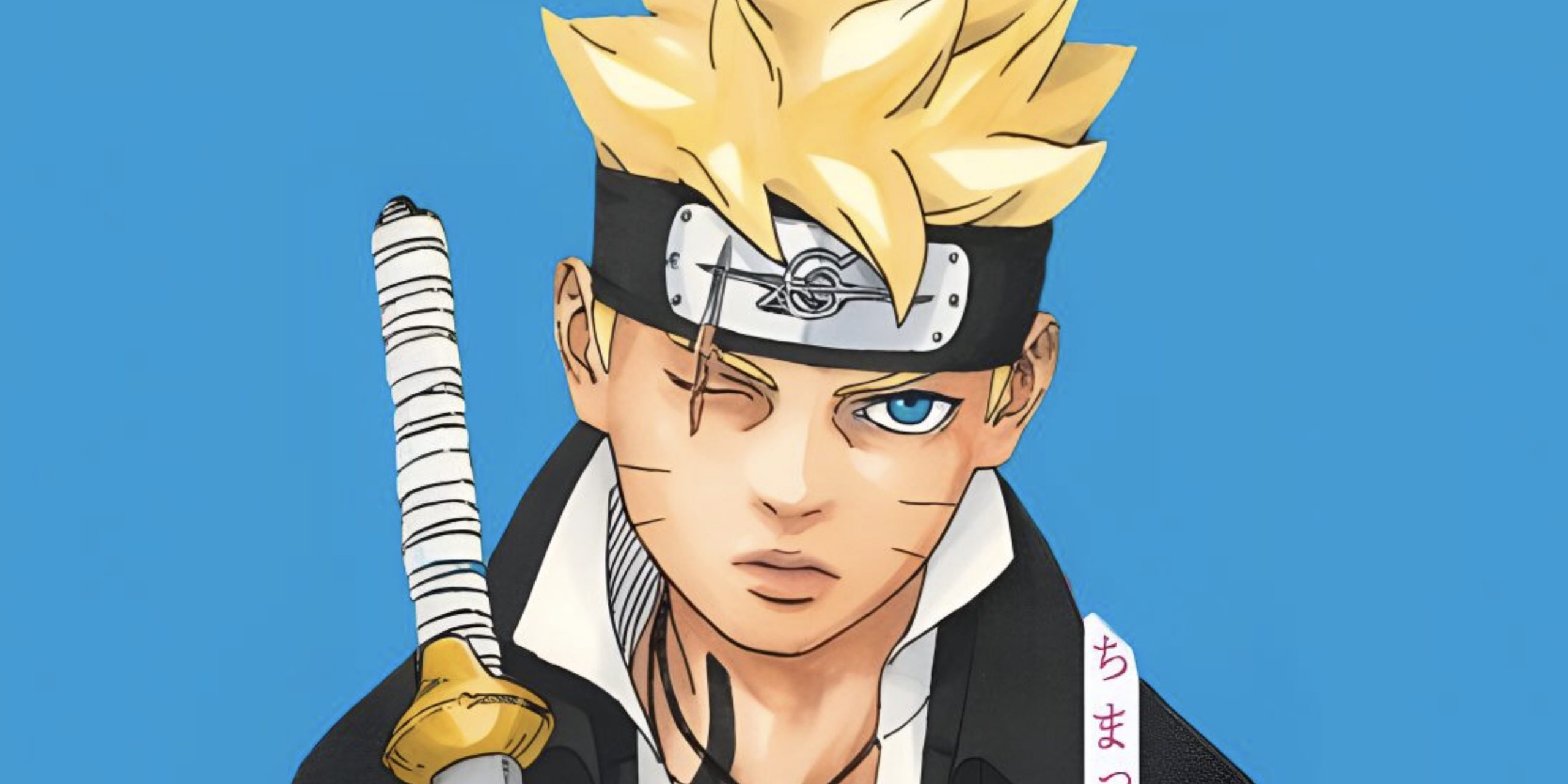
Previous mishandling of her immense potential was a sore point for readers. But the latest chapters have rectified this by bringing Sarada’s compelling trajectory back to the forefront.
Hopefully, this marks a wider shift toward better incorporating the entire “Next Gen” lineup of characters beyond just Boruto.
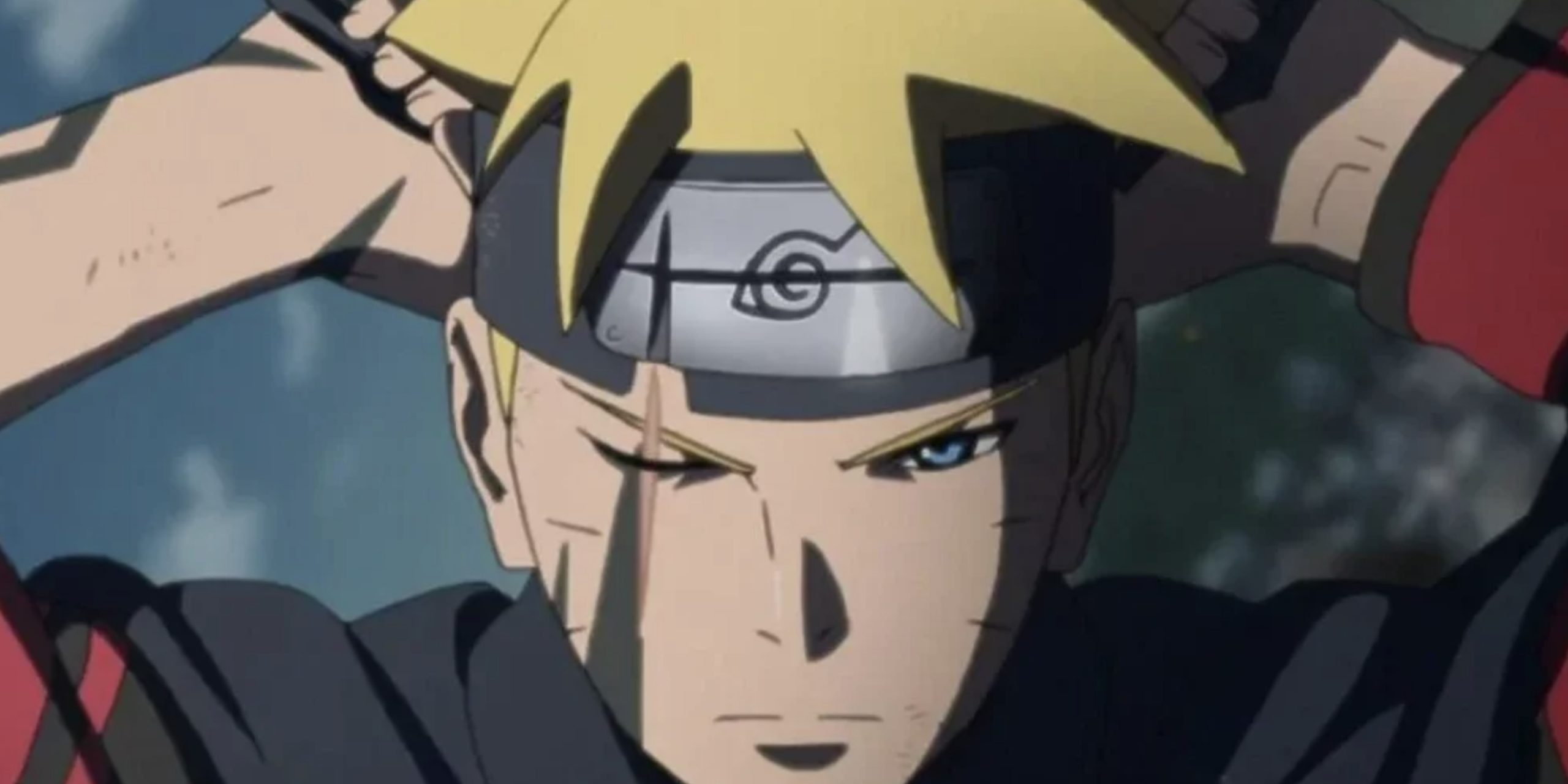
When well-written characters are stuck in weak or derivative plots, their impact diminishes no matter how alluring they may be.
The revitalization of Sarada and the company only carries full weight thanks to equally reinvigorated narrative arcs they now inhabit.
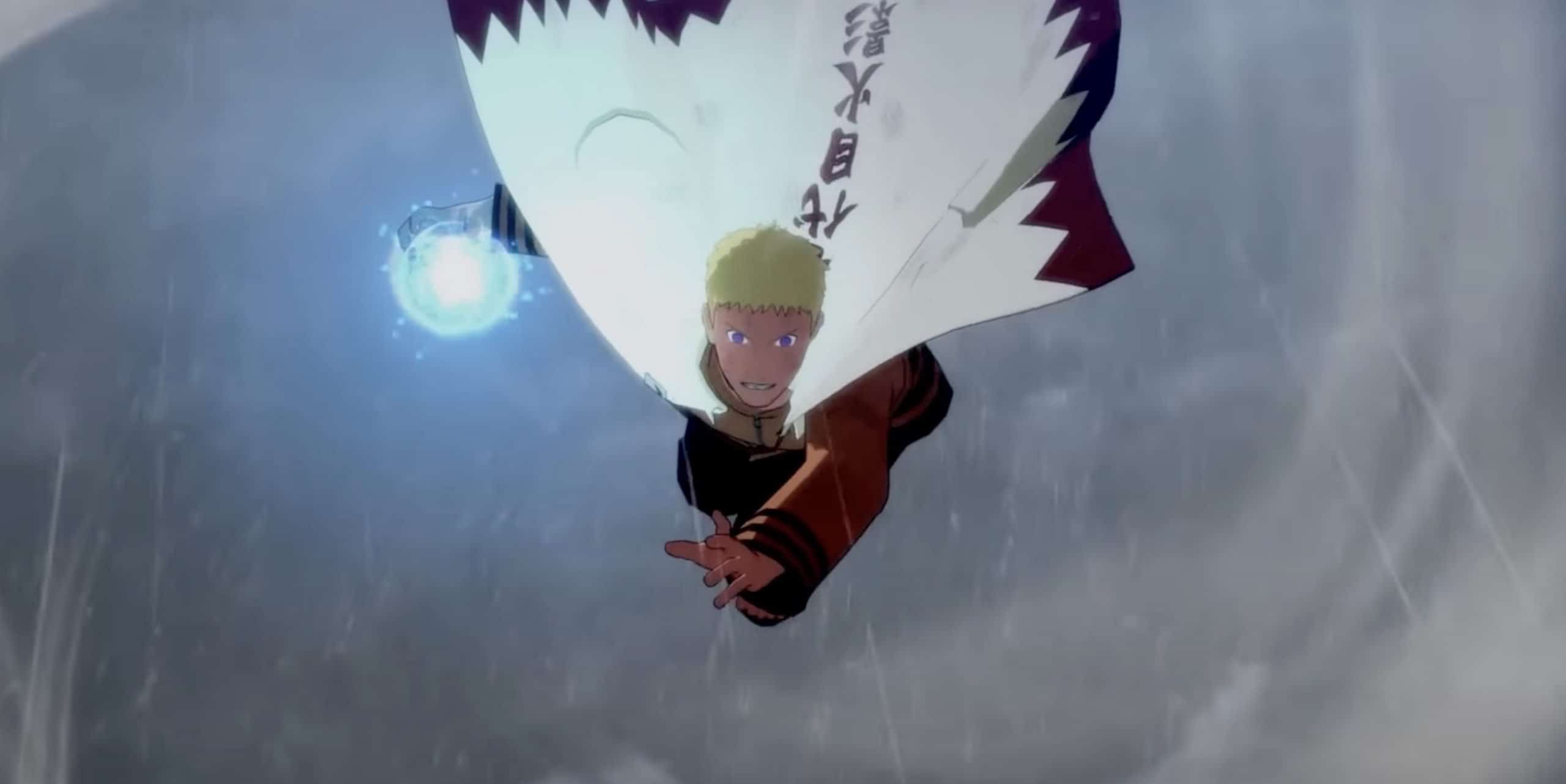
The interplay between a memorably reconceived cast and the fresh, higher-stakes stories they now propel demonstrates a welcome maturation of the Boruto universe.
By giving rich characters agency in imaginative new conflicts untethered from the past, the series has found its way out of stagnation at last.
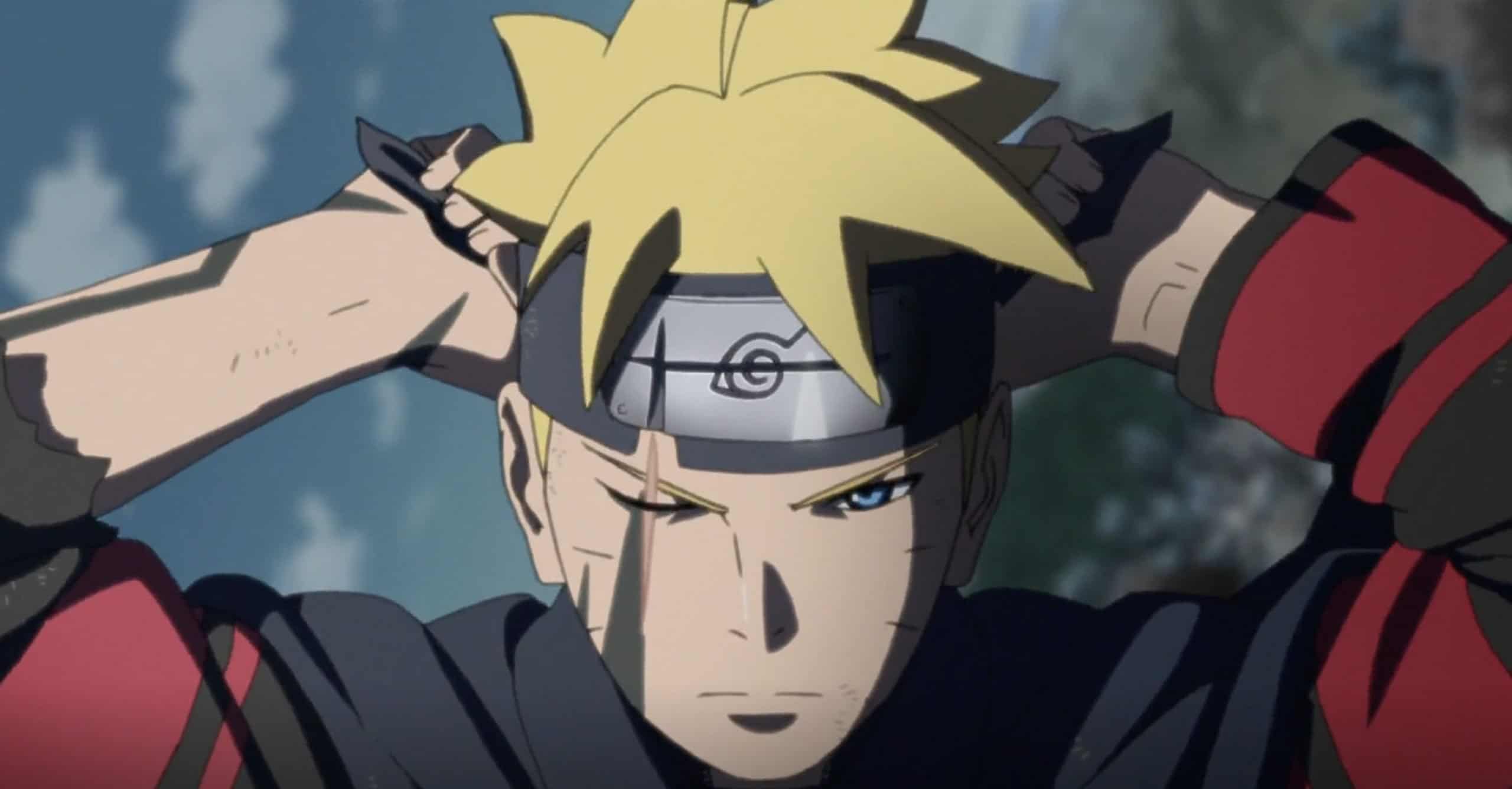
Boruto’s revival underscores that there is no substitute for capturing lightning in a bottle both in terms of inspired characters and the bold advancement of their journeys into the unknown.
This potent combination fuels the most epic and emotionally resonant storytelling – where the revamped Boruto saga seems to have rediscovered its footing of late.
A Critical Turnaround and the Unfinished Verdict
While a remarkable achievement, Boruto’s temporary top spot on MANGA Plus should be considered in full context. Viewership on one platform alone is an incomplete measure.
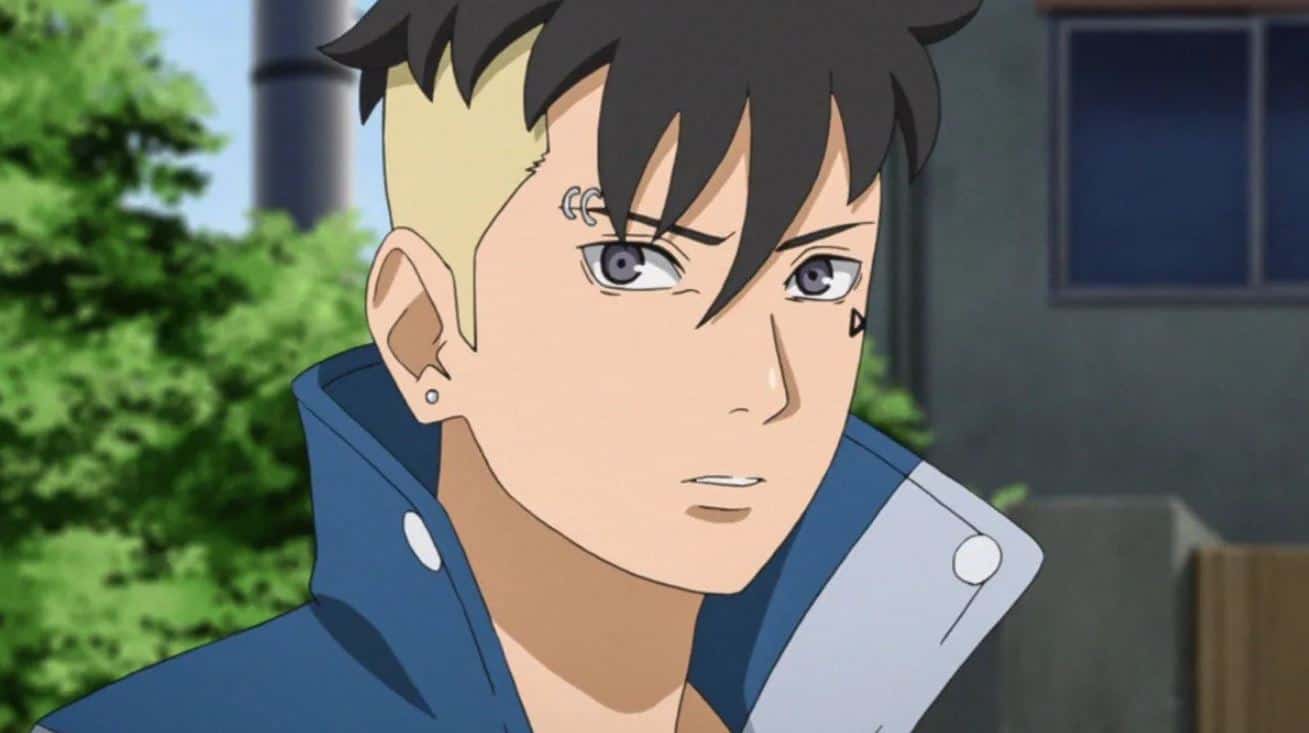
Global fans access manga through multiple official channels beyond this one site, including print volumes which drive sales in the pivotal Japanese market.
The fuller verdict relies on ongoing performance metrics like Japanese volume sales relative to benchmarks like One Piece and Jujutsu Kaisen over a sustained period.

Nonetheless, the positive reception to Two Blue Vortex specifically signals an important inflection point.
Reviews clearly indicate this latest arc has qualitatively elevated Boruto and revived interest among fans worldwide disillusioned with earlier disjointed storylines.
Though the series still has much to prove regarding its staying power and broader commercial success, the landscape has shifted.

Unequivocally, Two Blue Vortex provided a vital injection of originality and emotional resonance that the series sorely lacked.
It represented a creative upswing that honored character relationships and worldbuilding only glimpsed previously. How the manga capitalizes on this momentum remains to be seen.
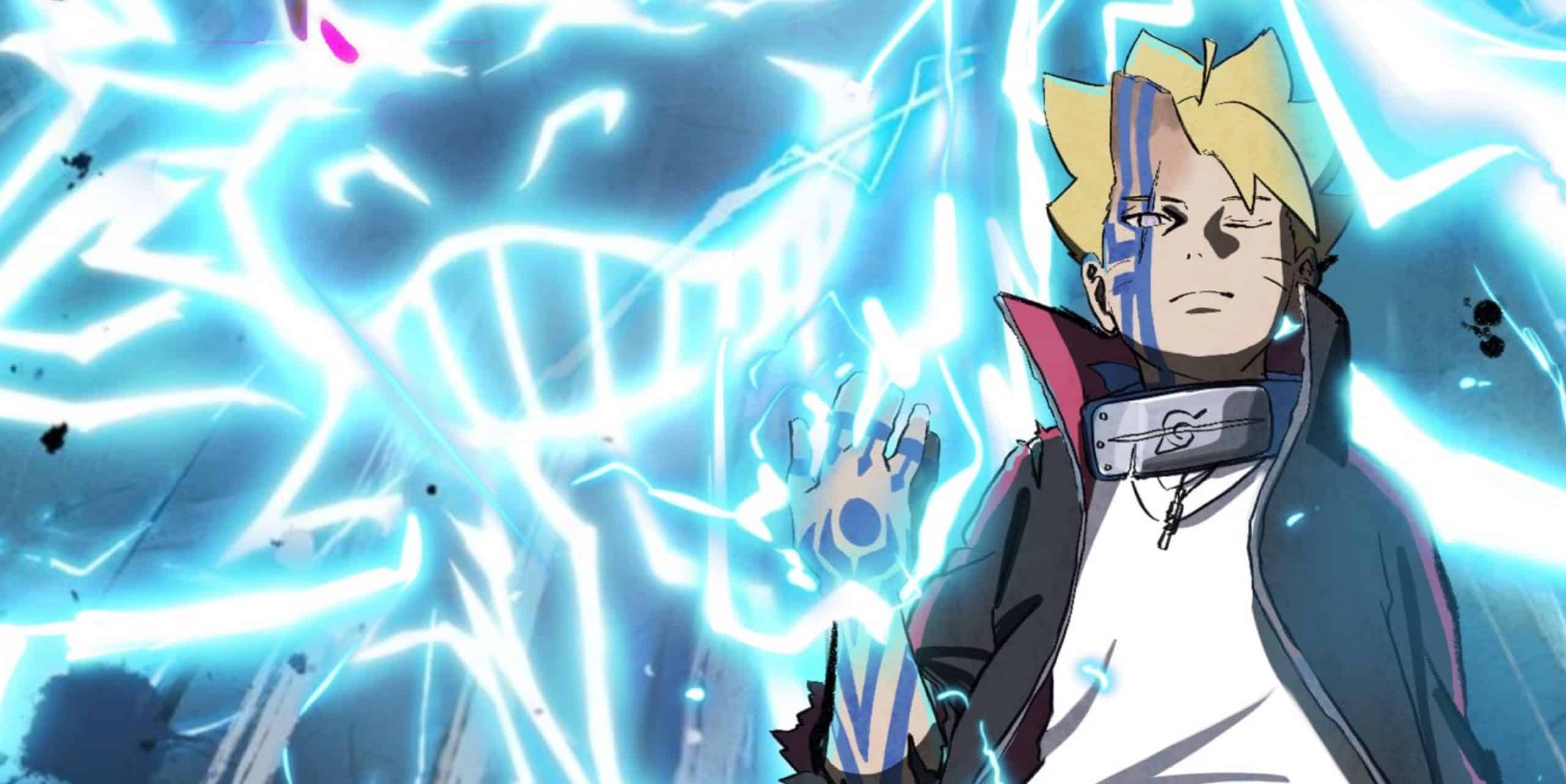
However, qualitative fan and critical impressions validate Two Blue Vortex as a touchstone for Boruto finding its voice.
Though broader metrics will determine its larger place in the manga pantheon, the artistry, and spirit that shone through this arc was a watershed moment in its own right.
By every measure that defines enduring fiction, those vital intangibles are not in doubt.
Chapter 4 of Boruto: Two Blue Vortex is the top-read manga on Shueisha’s MangaPlus platform this year.
The latest installment of Boruto’s Two Blue Vortex saga has cemented its status as a standout success. Recording over 1 million views on Shueisha’s MANGA Plus, chapter 4 has become the platform’s most-read release of 2023 so far.
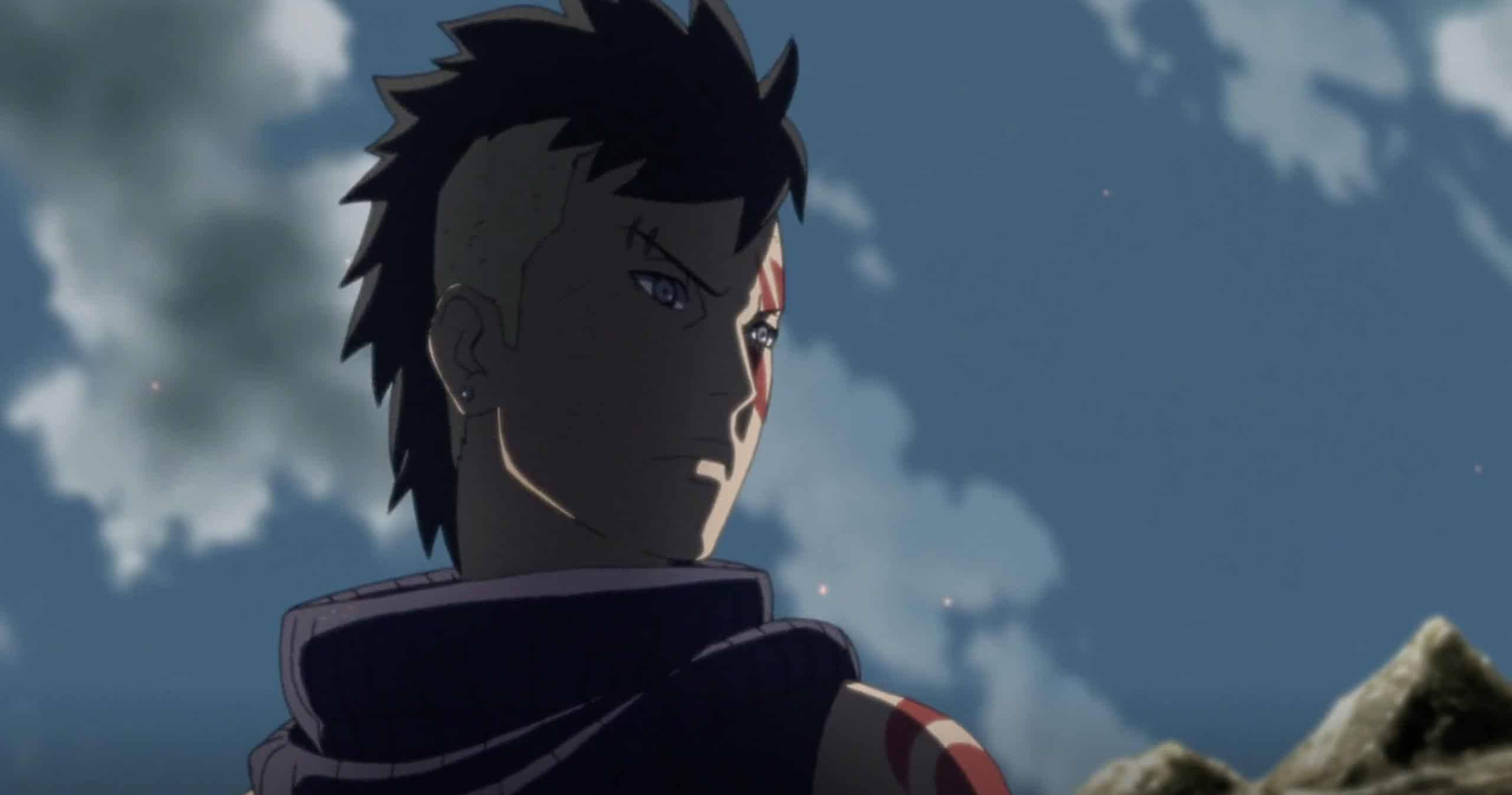
This remarkable response reflects the revitalizing impact of the recent time skips coupled with original series author Masashi Kishimoto reassuming the creative reins.
By reinvigorating core mysteries and relationships that drive intrigue, the reconstituted story arc has commanded wider attention – including many disillusioned by Boruto’s early growing pains after Naruto’s conclusion.
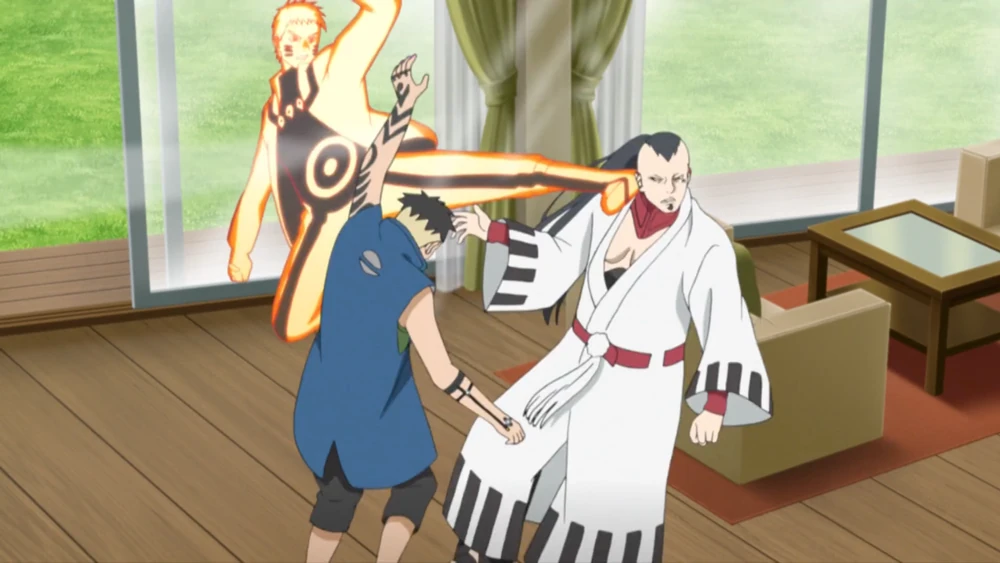
As the much-hyped successor carrying the mantle of such a landmark franchise, Boruto struggled for years to fulfill lofty expectations set by its predecessor.
However, Two Blue Vortex seems to have tapped into the same elusive qualities that defined Naruto at its best – high-stakes drama centered on beloved characters that inspired such devotion initially.
Propelled by open-ended questions surrounding the fates of franchise icons like Naruto and Sasuke, the latest narrative throttle has clearly resonated more powerfully.
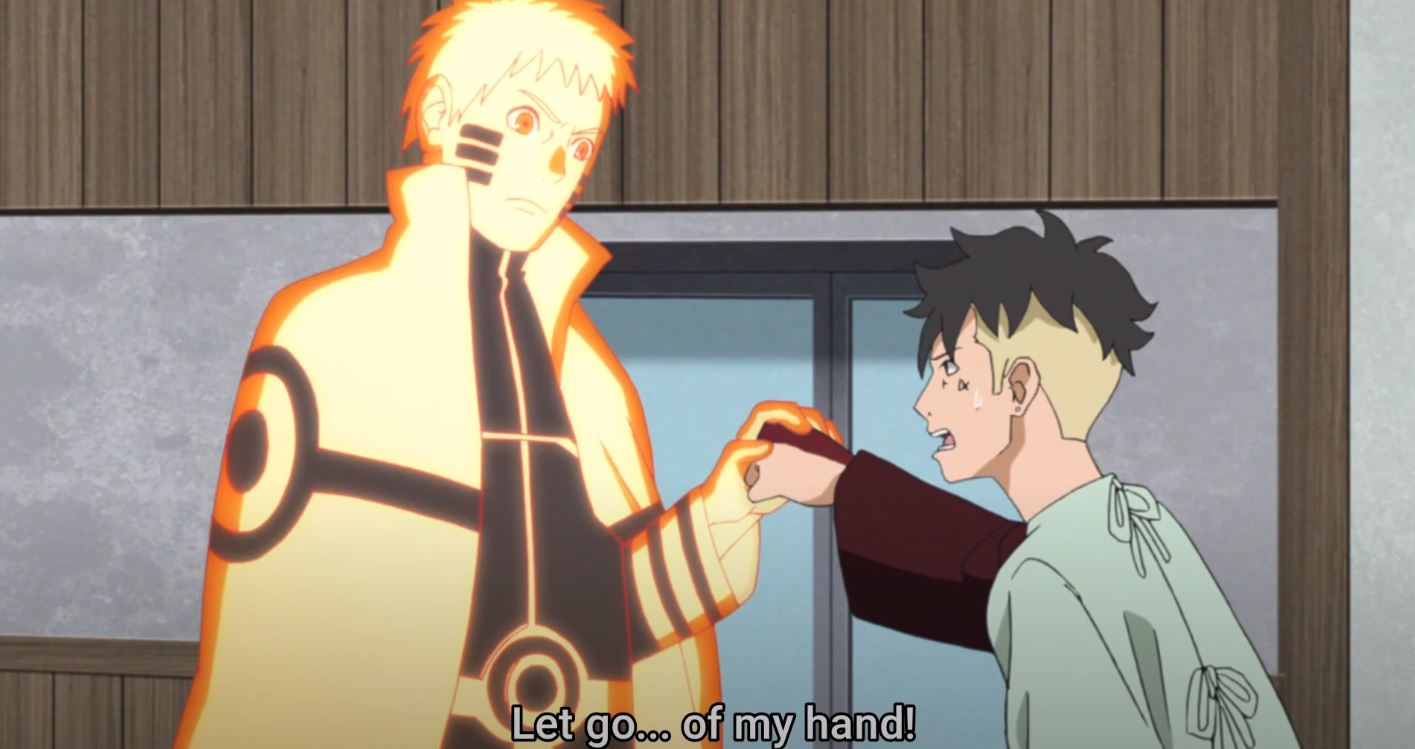
By combining fresh hooks with a back-to-basics formula under Kishimoto, Boruto finally seems to have found its footing.
With intrigue reaching fever pitch, the revived storytelling now echoes what captivated millions at Naruto’s peak.
Boruto’s Dichotomy in Readership
While riding high in viewership stats, a countervailing trend persists for Boruto’s manga sales, which have steadily declined since launching years ago. This contrast highlights the series’ chronic challenges in connecting with its audience.

However, the fact that readership numbers spiked thanks to Two Blue Vortex even as purchases of print issues continued dwindling suggests a complex dynamic is at play.
Boruto may have regained some lapsed fans through this recent shift while failing to bring back many others already lost. There is a case to be made that the qualitative improvements came too little too late for some disillusioned readers.
Years of creative drift yielded significant attrition prior to the marked Two Blue Vortex course change. Much of Boruto’s current loyal base is stuck through thin storylines on legacy appeal.


